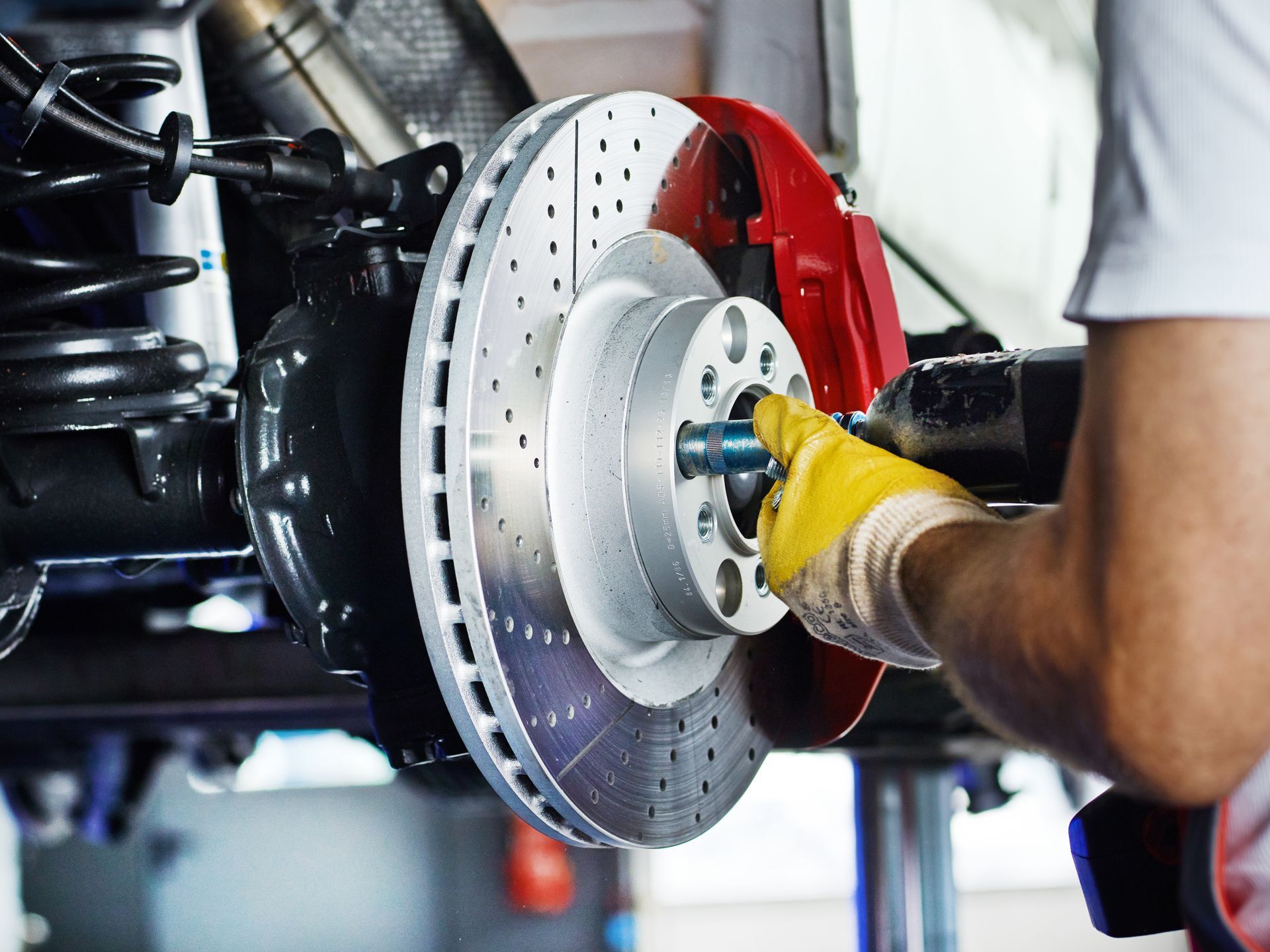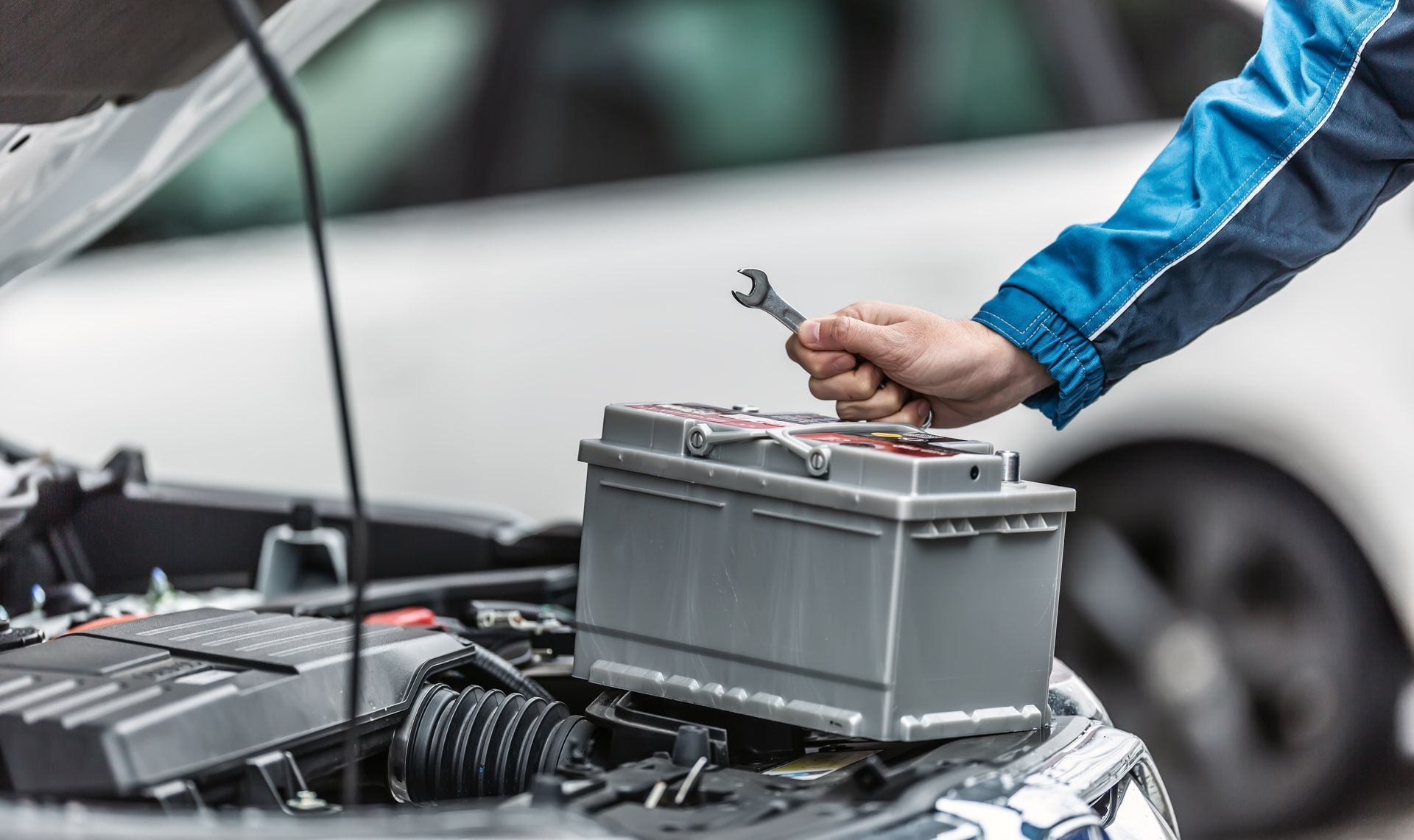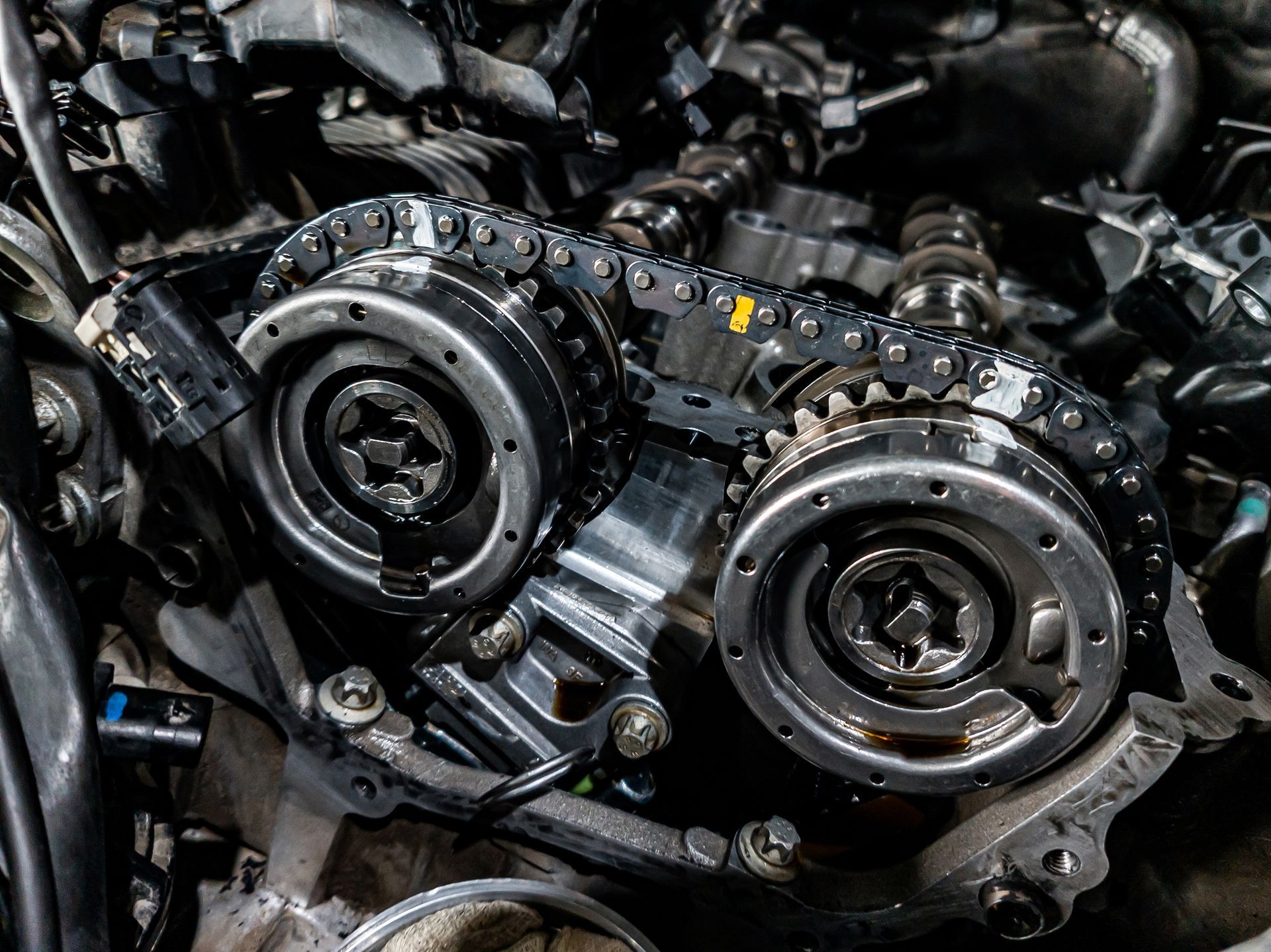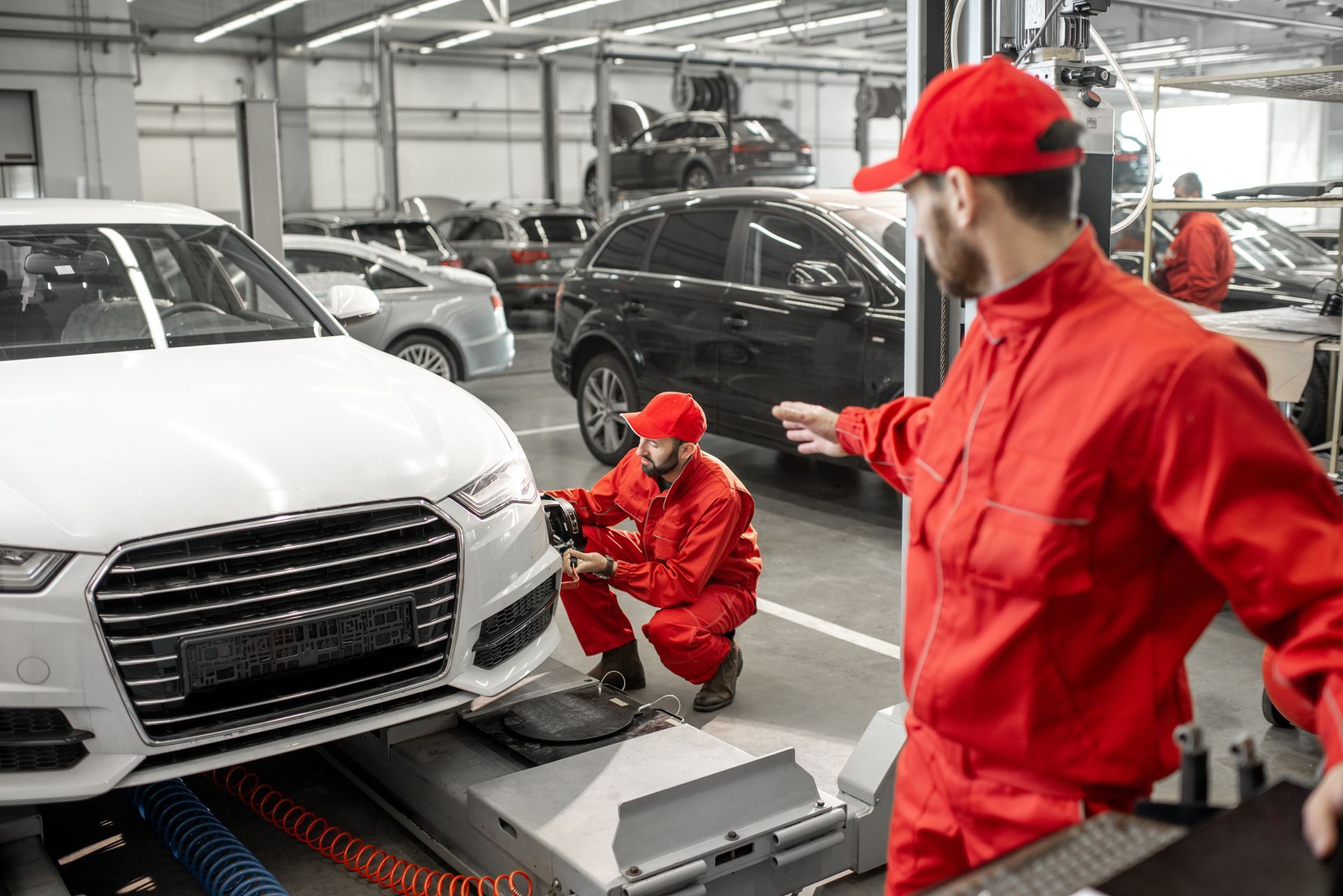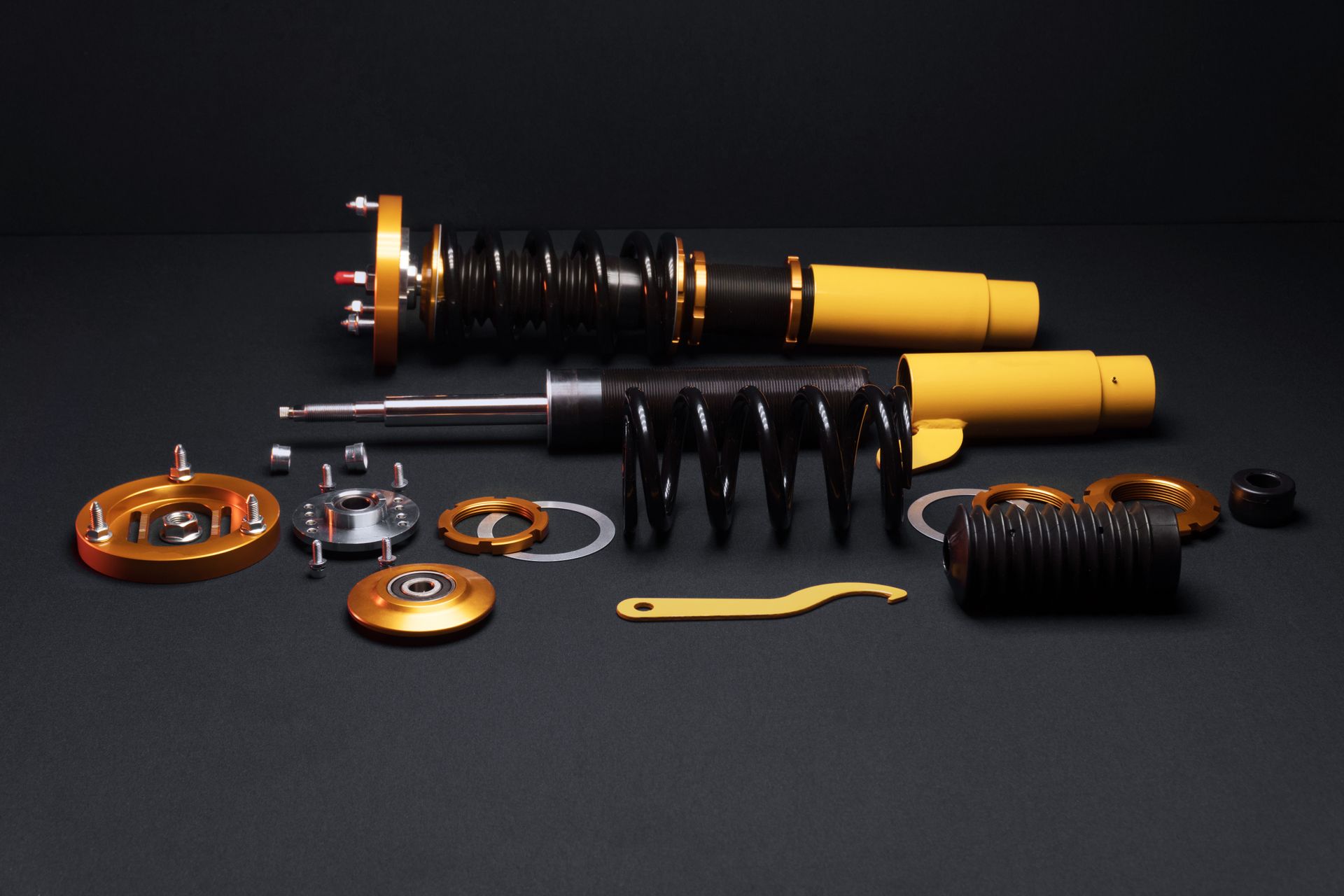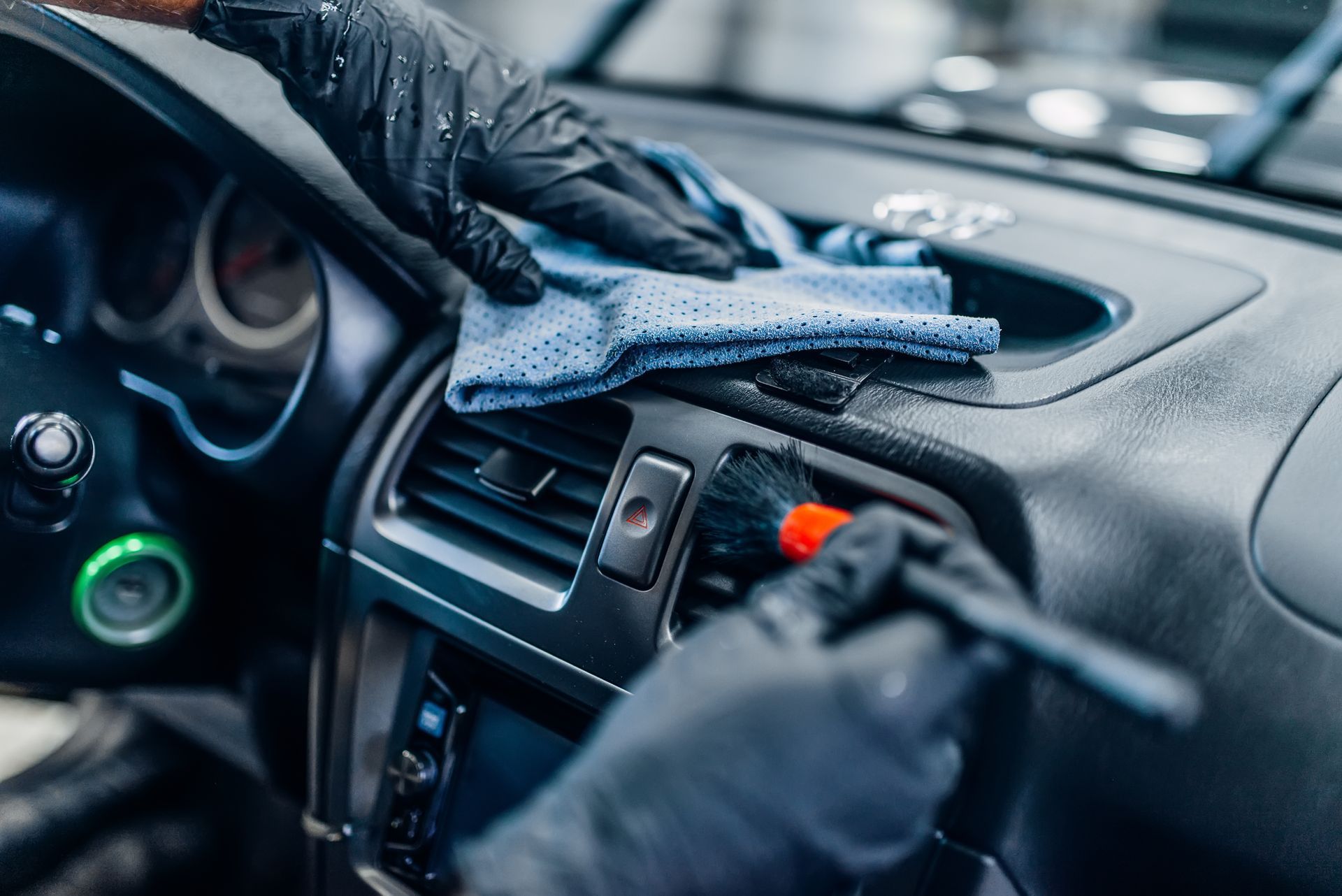Rear-end collisions are among the most common types of car accidents, especially in urban areas where stop-and-go traffic is part of everyday life. Even at low speeds, these crashes can lead to injuries, insurance claims, and frustrating repairs. In reality, most rear-end collisions are avoidable with a bit more awareness and a few smart driving habits.
In heavy traffic, distractions, impatience, and following too closely are a dangerous combination. Whether you’re navigating a crowded commute through Marietta or stuck behind a string of brake lights on the highway, knowing how to reduce your risk helps keep everyone safer on the road.
The Risks of Tailgating
Following too closely is the leading cause of rear-end crashes. It leaves little time to react if the driver ahead stops suddenly, which is especially risky in bumper-to-bumper traffic where speeds fluctuate constantly. The general rule of maintaining a three-second gap still applies—even when it feels like other drivers might squeeze into that space.
If road conditions are wet or visibility is poor, that gap should be even greater. Tailgating not only increases your risk of a collision but also tends to cause more stress and frequent braking, making the drive even more frustrating for everyone involved.
Watch for Brake Lights, Not Just the Car Ahead
Many drivers focus only on the vehicle directly in front of them. But in stop-and-go traffic, what’s happening a few cars ahead can be just as important. Watching the entire line of traffic and scanning for early signs of slowing helps you react sooner.
If you see multiple brake lights activate up ahead, you’ll know that a slowdown is coming and can begin easing off the gas in advance. That extra second or two of awareness can mean the difference between a safe stop and an unexpected impact.
Use Your Own Brakes Smoothly
Jerky stops and last-second braking not only wear out your brakes faster, but they also make you less predictable to drivers behind you. In traffic, try to decelerate gradually whenever possible. This smooth driving style reduces your own chances of getting rear-ended, and it helps traffic flow more evenly.
Using your brakes gently also gives you more control over your following distance. Sudden stops make it more difficult to adjust if the vehicle ahead suddenly moves or stops again.
Keep Distractions Out of Reach
Even a second or two of distraction can be all it takes to miss the brake lights ahead. Looking down at your phone, adjusting the radio, or reaching for something in the passenger seat while in traffic are risky behaviors, no matter how slowly the cars are moving.
If you find yourself reaching for your phone or multitasking during long traffic stretches, it’s time to reevaluate your habits. Silence notifications, set your playlist before leaving, and keep your focus on the road. The fewer distractions inside the car, the more time you have to respond outside of it.
Maintain Your Vehicle for Faster, Safer Response
Your ability to avoid a rear-end collision depends on more than your reaction time but also on how your vehicle responds. Worn-out brake pads, low fluid levels, or bad tires can all increase stopping distance and reduce control. If your brakes feel soft or your tires are losing grip in wet weather, it’s a sign you need service soon.
Many of the rear-end accidents we see at the shop involve vehicles with maintenance issues that could have made a difference. Regular inspections help ensure your brakes, tires, and suspension are ready when you need them most.
Malones Automotive Service – Helping You Stay Safe in Marietta, GA
At Malones Automotive Service, we believe safety starts with a reliable vehicle and informed driving habits. If your brakes are overdue for service or your tires need inspection, let our team make sure your car is ready to handle anything, even rush hour traffic.
Schedule your visit today and give yourself every advantage to avoid a costly rear-end collision. Call us now to book your appointment.


